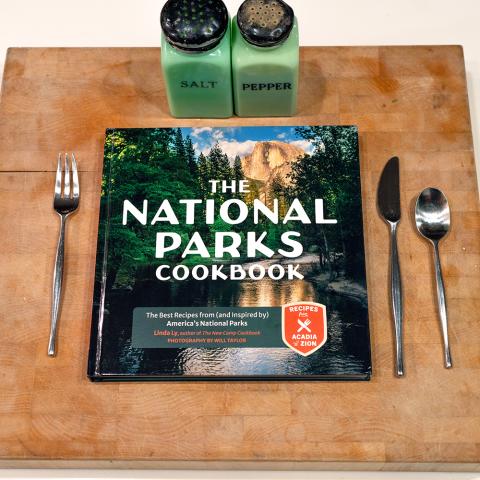
Grand Canyon National Park crews are going to work on reducing the number of bison on the North Rim/Rebecca Latson file
More than a century after Buffalo Jones' experiment with cattle and bison created some odd-looking animals that eventually found their way onto the North Rim of Grand Canyon National Park, the park staff is working to reduce the number in the herd. Jones was hoping to cross the two species to create a hardier animal that could withstand the cold and snow winters of the Plains, but it never really worked.
For now, the park wants to live capture and removal of approximately 60-100 animals. Given the current distribution, abundance, density, and the expected growth of this herd, the National Park Service is concerned about increased impacts on park resources such as water, vegetation, soils, archaeological sites, and values such as visitor experience and wilderness character. Reducing the herd size will protect the ecosystem, park resources and values.
NPS biologists estimate that the herd has grown from approximately 100 bison, brought to the House Rock Valley by Jones in the early 1900s, to between 400 to 600 bison. Though the bison roam the Kaibab Plateau, they spend most of their time on the North Rim of the park. Biologists predict that the herd could grow to nearly 800 in the next three years and be as large as 1,200 to 1,500 animals within 10 years without further management actions to control the size of the herd.
Bison selected for removal will be transferred to the InterTribal Buffalo Council for distribution among Native American tribes who request live bison to augment their own herds. Plans to reduce the population of bison in the park were moved to this fall when inclement weather conditions cancelled the planned capture program in late 2018.
Under the limited pilot program, the park will implement, test and evaluate techniques related to the live capture and removal of bison. Ensuring park and partner staff safety and animal welfare are the highest priorities of park management, and captured animals will be monitored by a veterinarian throughout the process.
In future years, Grand Canyon National Park will provide opportunities for members of the public to participate in wildlife management activities via lethal removal following live capture and removal operations. A public notice about the removal and volunteer application and selection process will be made available on the park website.
Traveler footnote: Most bison on the North Rim look like the bison you see in Yellowstone, though on occasional you might encounter one that carries some cattle looks, such as white on its face. What you can't see is the mixture of cattle and bison genes in the animals, which dilute the bison gene pool.




 Support Essential Coverage of Essential Places
Support Essential Coverage of Essential Places






